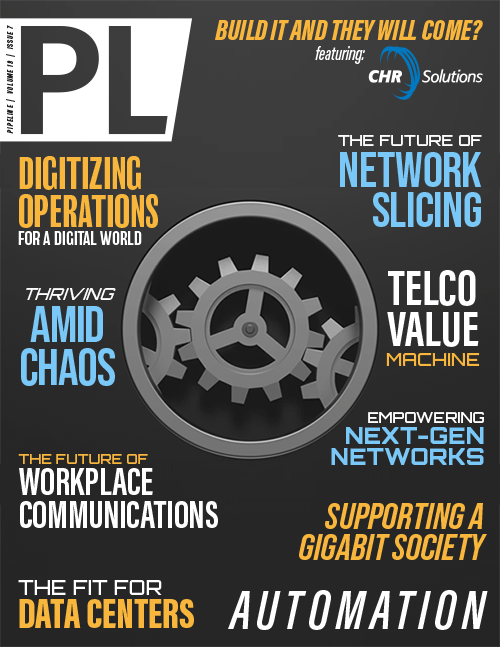Telco: A Value Machine for Modern Times
By: Marc Price

We live in a world transformed. Digital commerce is forever altering modern business. Innovations abound as services proliferate, marketplaces arise, and cryptocurrencies emerge as new mediums of exchange. Alone amid this frenetic pace of change, business support systems (BSS) have not kept up. In nearly every sector, in industries from telecommunications to banking to retail exchanges, these IT solutions are rooted in the past, with little prospects for change. A new paradigm is required to align these solutions with current needs, optimizing profits and minimizing costs in the era of cloud.
During the 20th century, many software solutions were developed to handle the reconciliation of large-scale transactions. This started with fixed-price goods and services. ERP systems and homegrown billing solutions were developed to automate commerce at scale. While automation was key, these systems were extremely expensive and time-consuming to build, update and maintain. Furthermore, these systems only provided the functions needed for simple transaction management.
In the 1990s, the Internet proliferated, and globalization began. This created a second wave of market evolution around subscription billing and microtransactions. Commercial off-the-shelf and SaaS billing systems evolved to support these new models. Despite new capabilities, however, these systems remained extremely costly to develop and maintain. As a result, the return on investment—the value recouped from the automation of transactions—declined sharply.
With the digital age, there is a third wave of market evolution for business support software. The focus of the first two generations of software was primarily on the mechanics of mass transfers of goods and services. To support the third wave, the ability to dynamically assign a fair value to these exchanges is required. As a result, the effectiveness and return on investment of the next generation of supporting systems must be measured not only by the sunk cost in building, maintaining, and supporting them, but also in the revenue lost from unoptimized value creation. The digital age demands something new to facilitate automation for increasingly more dynamic exchanges of goods and services.
Telecommunications as a case study
No industry has relied upon automation of large-scale transaction management for commercial exchanges more than telecommunications. This industry, first offering communications and later connectivity as its primary service, grew from a regulated environment and has largely sustained a utility-based, cost-plus pricing model even after deregulation. The sector has, in theory, striven to change its approach. But with little product differentiation available across network performance and value-added services, low-cost providers in almost every market have created a race to the bottom.
As industries mature outside of regulatory frameworks, so do the commerce models that support them based on market, consumer, and supplier dynamics. This is happening in telco as well, as disruptive innovators and new challengers recognize new capabilities to target specific market segments with differentiated products and services.
The convergence of 5G networks, edge capabilities, and emerging partner ecosystems centered on cloud-based technologies and open APIs is creating an entirely new set of market dynamics. For the first time telcos—and other new entrants—are creating a more sophisticated supply chain, with the ability to harness network resources and relevant data sources more seamlessly to create new products and services.
This leads to the emergence of differentiated product and service offerings, and the ability to target specific customer segments. This is something telcos could not do with previous network generations, and as a result they were rarely able to move away from utility pricing. New capabilities like network slicing are designed explicitly to enable resources to be applied toward target customer segments with differentiated product offerings. Differentiation and customer segmentation are the key elements required to evolve and sustain more dynamic, value-based business models.



















